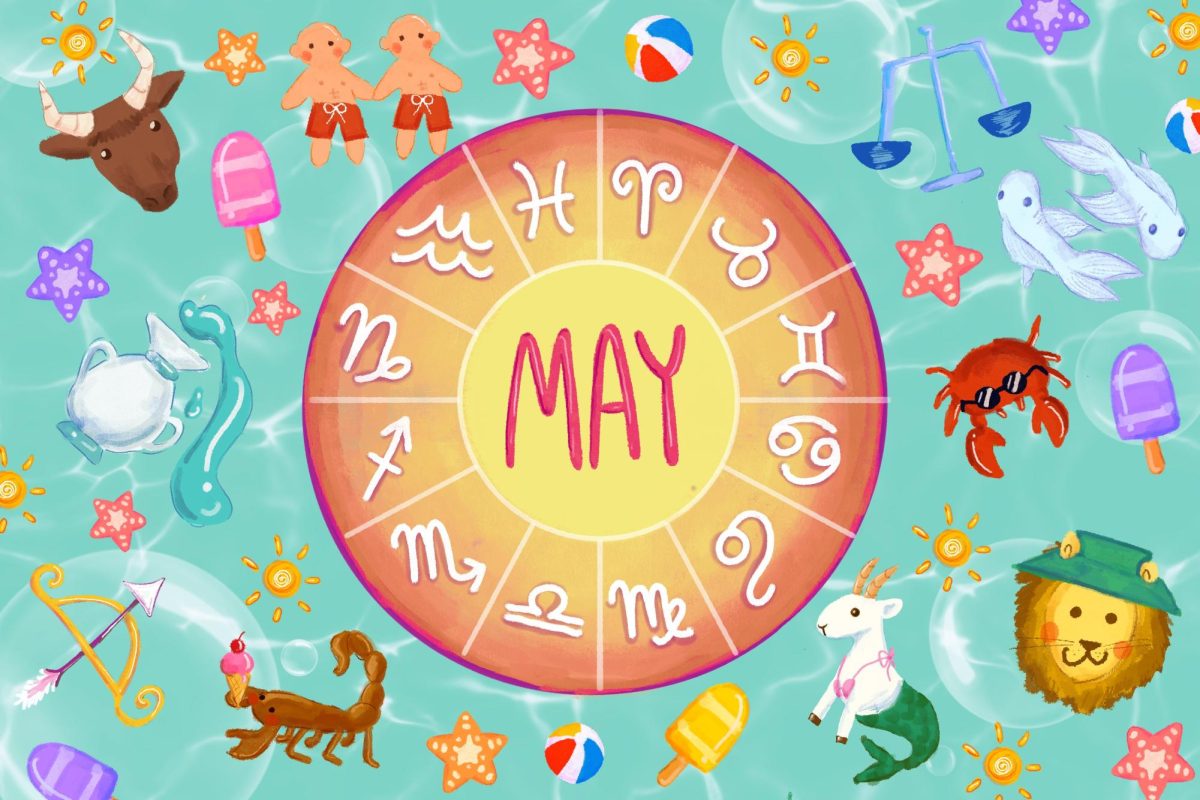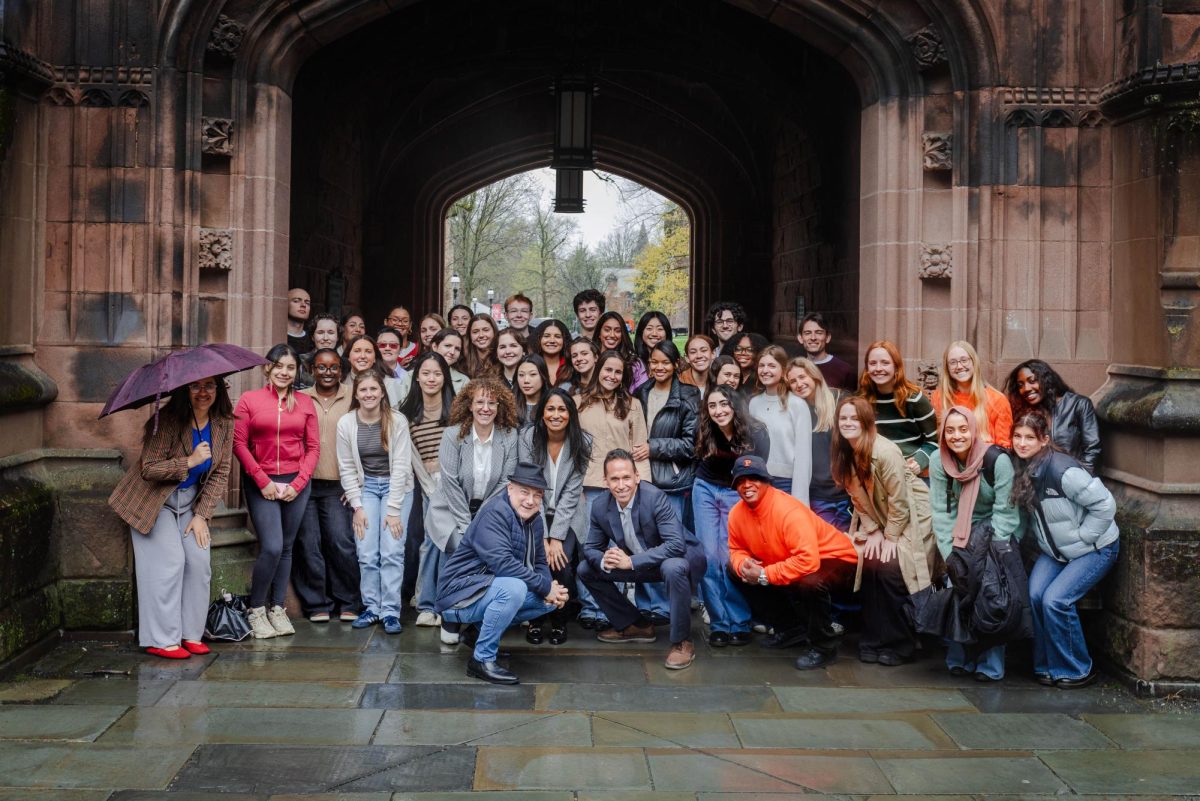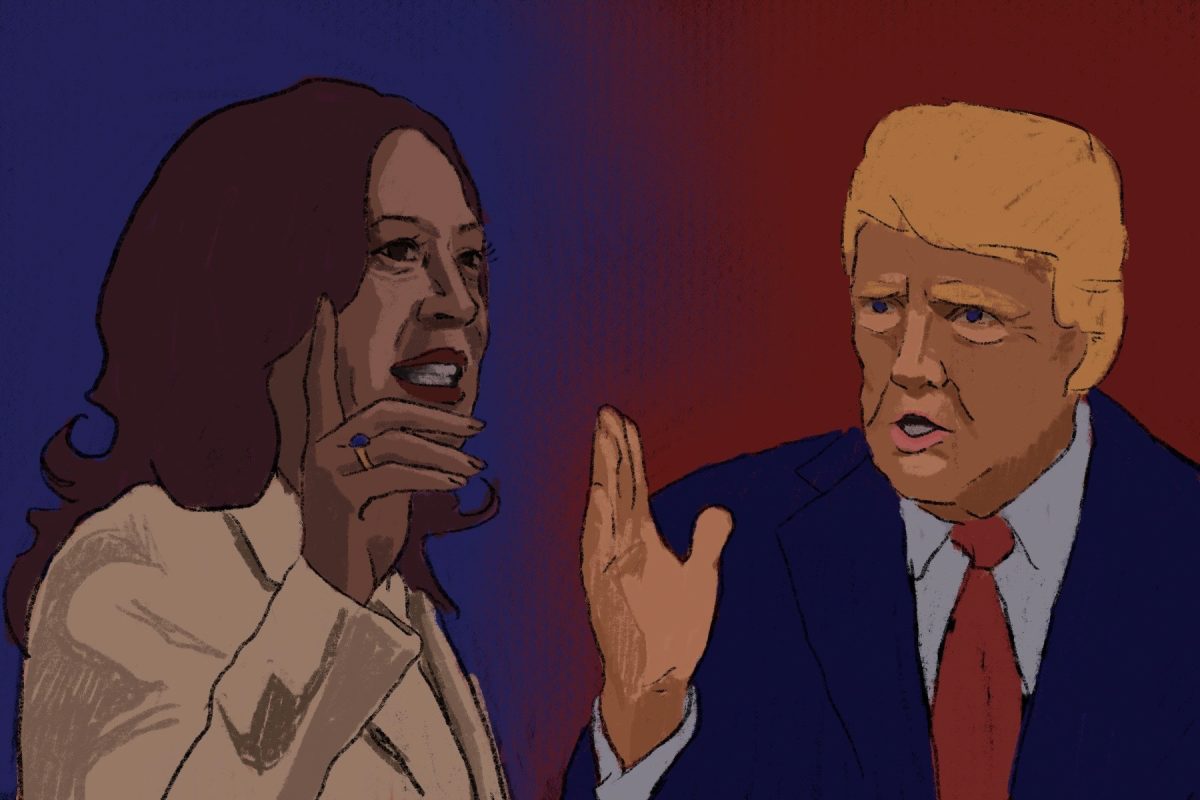In favor of smallness
Four years of editing the Washington Square News’ arts coverage have convinced me my task was trifling, but meaningful.
May 5, 2023
Consider this my coda. I have edited the Washington Square News’ arts desk since early 2020 in varying capacities. At times distant, other times immersed, generally distracted, and always devoted to the arts, I have spent a great deal of time thinking about the current state of art. I have ruminated on both art with a capital “A” and local art, that of NYU students and faculty, and that of the residents of the neighborhoods this so-called school occupies.
The idealist in me also believes I have also worked with art by editing my peers’ work during my tenure at WSN. My constant tinkering with articles before they go live and communication with anxious writers who deem their words vulnerable extractions from their souls — what “Moby Dick” author Herman Melville referred to as “wrestling with the angel” — has convinced me of this.
Art is often considered unproductive and unimportant. It is framed by the New York Times as an accompaniment to “Leisure” and cultivated in siloed galleries across town, catering to those with specialized tastes and deep pockets. Though it may degrade or transform, its perdurance among people suggests art satisfies a latent, commonly repressed need.
Yes, I am young. Yes, I am biased. Although my argument that art and its presence in the zeitgeist is necessary appears naive when pitted against the discontinuation of Bookforum; resignation of New York Times film critic A.O. Scott; closure of both the San Francisco Art Institute and the Art Institute of Portland; purchasing of the Paris Theatre by Netflix; Mayor Eric Adams squeezing library budgets; wane of publications like Paper Magazine, VICE and BuzzFeed News, who reserved their space for cultural conversations (however frivolous they were); and innumerable other factors endangering its already precarious state in capitalism’s quest for more capital, I remain resolute in my claim. It is my belief that art’s precarity, though a product of systemic devaluation, also points us toward an alternative — dare I say better — way of living.
I want to call this alternative “small living,” and I do not mean it pejoratively. Creativity is often commodified, but there are always stalwart forces of unusual genius that impede this, figures like Guy Debord, whose anti-capitalist antics consistently revealed the ridiculous foundations around which meaning is negotiated in culture at large, or Maya Deren, whose persistent innovations in filmmaking inspired an entire movement built in opposition to Hollywood’s hegemonic rule over the medium. Both of these artists were plagued by mental and financial troubles, a matter that should not be romanticized, but understood as the result of their incompatibility with the world around them. After all, they were figures of resistance, living small lives in a world that favored bigness under Fordist economic models.
Yet within their small lives they set off seismic cultural shifts, forcing those around them, and those who heard, viewed or read about them, to unthink what they had considered as normal. To quote Jean-Luc Godard, “culture is rule, art is the exception.” Not only is art the exception, but its condition brews an exceptional form of living.
“Showing Up,” the latest film by landmark independent filmmaker Kelly Reichardt, might provide a better picture of this. The film depicts Portland’s comically endearing community of artists. Michelle Williams plays a sculptor whose landlord is another sculptor. Everyone is miserable, but everyone knows each other. They’re like flies stuck in a spiderweb, only capable of extending support to one another to assuage the threat of death. The picture isn’t that pretty, but if we are to consider that web a figuring of America’s economic model vis-à-vis artists, and then unthink it, all that remains is a network of idiosyncratic and compassionate flies finally given the chance to soar.
But it is unreasonable to unthink the underpinnings of a calculated mode of production that has gradually become more complex since its origins in the wake of feudalism’s collapse. Artists cannot make art without support. They need an allied class of critics to keep their voices heard in a world trying to unthink them. The vacuuming of value from art leaves us art critics and writers a mighty, and oft-neglected task: to write about art well, to write about it in a manner that promotes thinking, to create works that privilege the experience of sitting with the written word rather than passively consuming it.
How can this be achieved and what role does a collegiate newspaper play when it comes to this matter? To answer the first part of the question, it is my recommendation as a so-called critic to abandon criticism and to, instead, adopt an expressive, effusive dialogue with art.
The problem with criticism is it exalts and devalues, limits and belittles artists. As theorist McKenzie Wark writes, “critique is a police action.” It seems counterintuitive, but the fact of the matter is criticism plays into the world’s present proclivity for hierarchies. It squashes artistic potential through denigration, and over-emphasizes good ideas for the sake of their repetition, their continuous commodification. In appealing to effusive expressionism in writing about the arts, my hope is that writers of the future create a space of resistance on the page, a site for readers to get lost in musings and rethink what brings them joy.
Regarding the second part of my question, I’d like to return to smallness, and consider the value it allows up-and-coming writers to think freely. Much to the chagrin of my editors, I’ve run the arts section as an experimental zone. That’s not to say it’s a space where anything goes, but rather a zone for emerging writers to immerse themselves in new topics and test themselves as journalists.
Writing should not be governed by metrics. Doing so would be to submit it to the crumbling anxiety of never being seen, driving it to conformism for the sake of surfacing online somewhere. Over the years, many smart people have sent me their writing, the drafts, their rewrites, and, in the end, they always touch on something novel, something singularly expressive of themselves and their object of analysis, written according to the wily logic of their language.
Insofar as publications preserve their arts sections as a zone for novelty set on publishing expressive tracts that inspire debate and unprofitable conversations, I will believe art is alive. Its precarious existence signals an alternative to the raucous talk of being shared and selling out. It privileges pleasurable detours, spontaneous delights and friendly voices. The lifestyle alive in the long-winded escape into material tinkering shared by writers, sculptors, painters, photographers and artists of all stripes is evidence of resistance to the logic of accumulation that is commonplace today. Instead, our celebration of art should lead us to adopt its lessons and, like the charm it throws on its beholders, take on a life that is local, finite, and concerned with getting by rather than over-producing. Here’s to the unrestrained critic and the obsessive artist, two carers of matters small but mighty.
Contact Nicolas Pedrero-Setzer at [email protected].


























































































































































sandy • May 5, 2023 at 1:56 pm
love this.